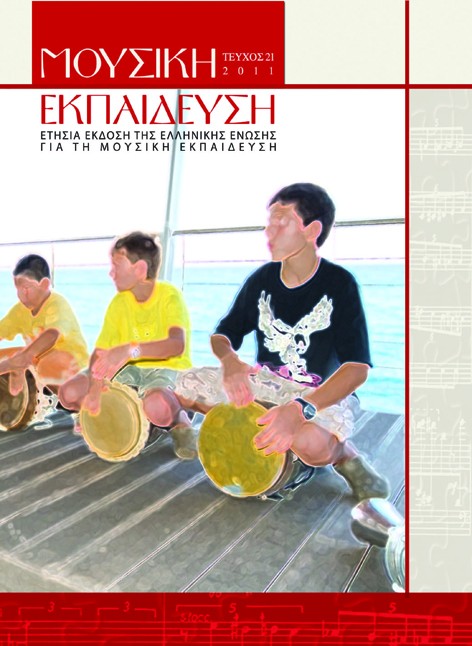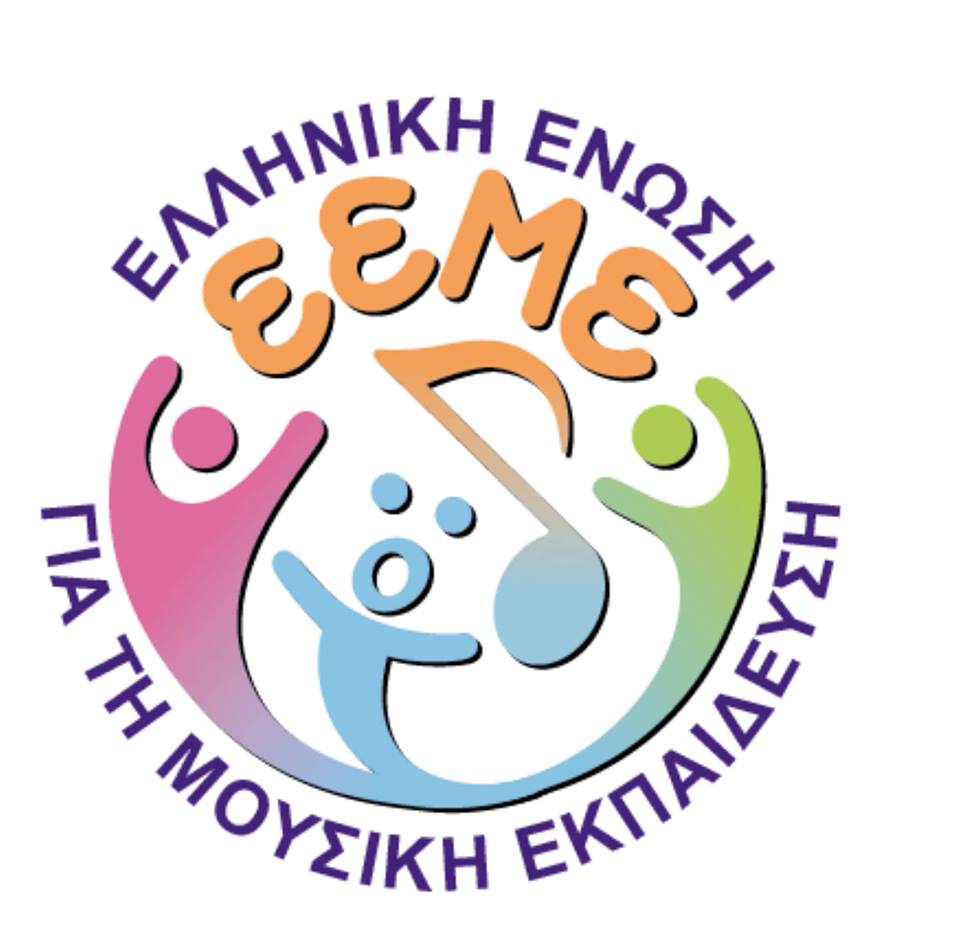
May Kokkidou
PROJECT: One, and two, and three and many more strings
Knowlegde of musical instruments is included in all music programs. In addition to its value in the cognitive level, it plays an important role in the students' empirical contact with music and in their decision to study a musical instrument in a music institute. In the suggested educational program, a series of activities about the string instruments is presented in hierarchical order. The structure of this program can serve as a model for the music educators so that they can plan similar programs for the other categories of musical instruments as well (p.16).
Maria Dimitrakopoulou
Teaching plan: Image and sound
A teaching plan on image and sound for secondary education.
Marianna Rontogianni
Teaching composition in primary education
Creative music activities are included as one of the three kinds of music experiences offered at all levels of music education. The reasons for the inclusion of composition activities in the music lesson at the Primary level are presented in this article, as well as the stages for the teaching of composition and the role of the teacher of Music in the formation of the suitable environment for the promotion of creative musical thinking. The lesson plan includes the teaching of the musical form ABA through composition in fourth grade of Primary School (p. 28).
Anthoula Koliadi-Tiliakou
"THE TRIP STARTS FROM KYKLADES ISLANDS..." An interdisciplinary project in primary education based on a song
In recent years there has been a swing in alternative methodological teaching approaches, especially after the introduction of the Íew Énterdisciplinary Frame of Program Studies - Curriculum in Primary Education. Following the enactment of Interdisciplinary Approach, as well as the introduction of new books for the music lesson, both general class teacher and music teacher have to face the new challenges accompanied by the rich material they have. What is asked, is how the educators can design cross-curricular thematic activities in the everyday classroom and how cooperation between them could be accomplished, in order to teach musical, verbal, mathematic and several other notions. In the present study, some basic principles of the Interdisciplinary Approach are defined, and a whole interdisciplinary educational project based on a song is proposed, which is related to several educational subjects that are taught in the 3rd grade of Primary School (p. 48).
Xenia Theodoridou
Breathing, body, expression during playing the piano. An organic methodological approach for the musical interpretation and teaching pianistic technique
Piano teaching, more specifically its kinaesthetic part as carrier of musical expression and presupposition of the perceptible realization of its mental part, is a paedagogical field which is being often approached with many defieciencies and misinterpretations, even by theoretically equipped paedagogues, due to ignorance of fundamental methodological and substantial issues. In the following article, which will be published in two parts because of its length, the fundamental importance of breathing is printed, not only as basis of the "technical" part of the interpretation, but of every organic hermeneutical approach, for both phonetic and instrumental music. The article resulted from the material of a workshop with this theme during the 6th International Conference of G.S.M.E. (2009), and its main starting point is the study "Der musikalische Atem. Atemschulung und Ausdrucksgestaltung in der Musik", by the fagottist and paedagogue Wolfgang Rudiger. The relation and interaction between interpretation and breathing will first be considered regarding the musical side/matters, with an historical consideration, and in the second part of the article from the medical view. Under the condition of cultivating musical breathing during teaching, the "classical" but of timeless value method of teaching the pianistic technique by Margit Varrü will be presented. This method is also suitable for an interdisciplinary approach. The musical examples which are given are focusing on the baroque era and since, due to reasons which relate to their predominance in the applied teaching repertoire today, but also for reasons which relate to the musical texture and the musical expression during interpretation in general (p. 71).





 Please wait...
Please wait...